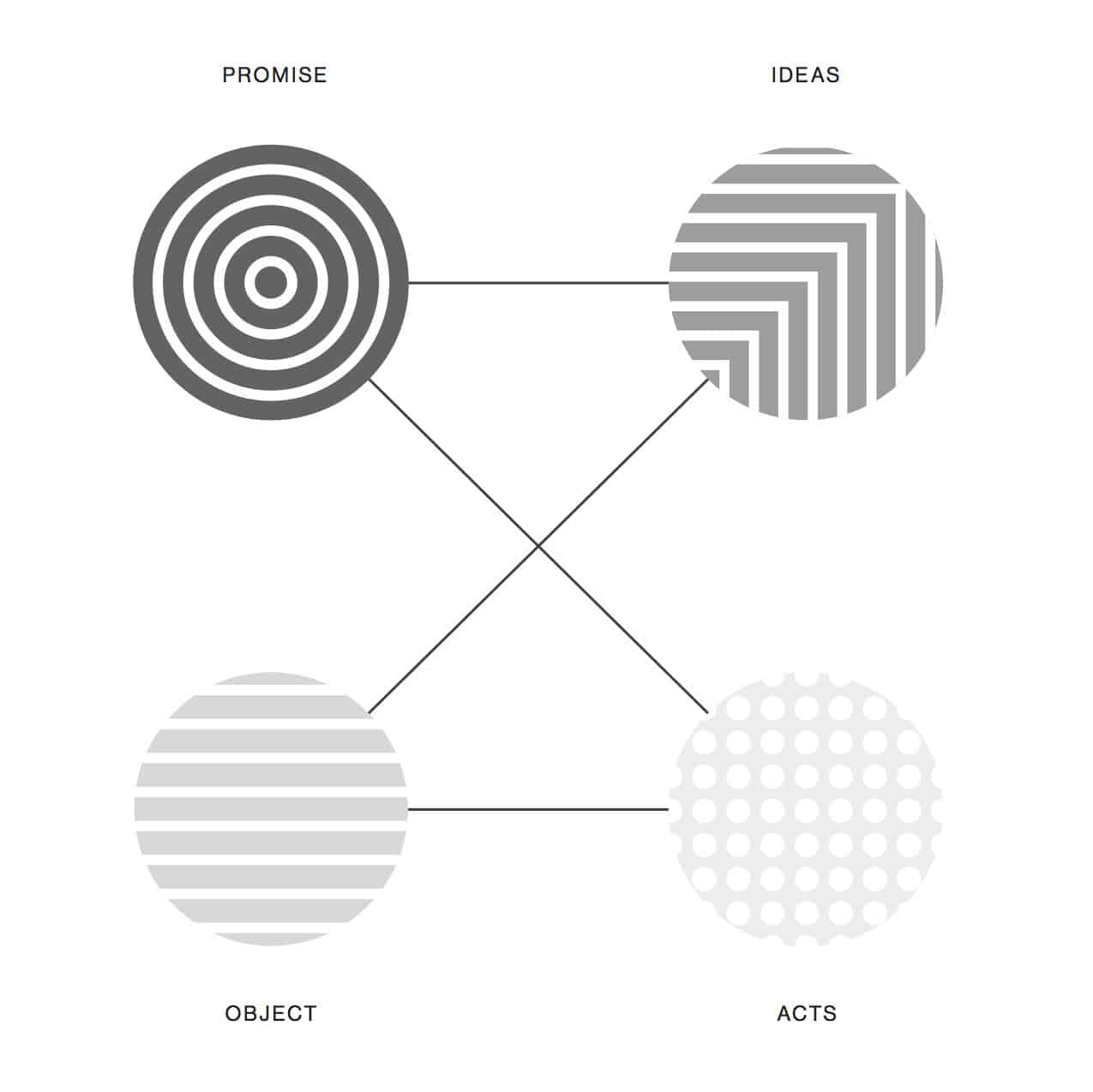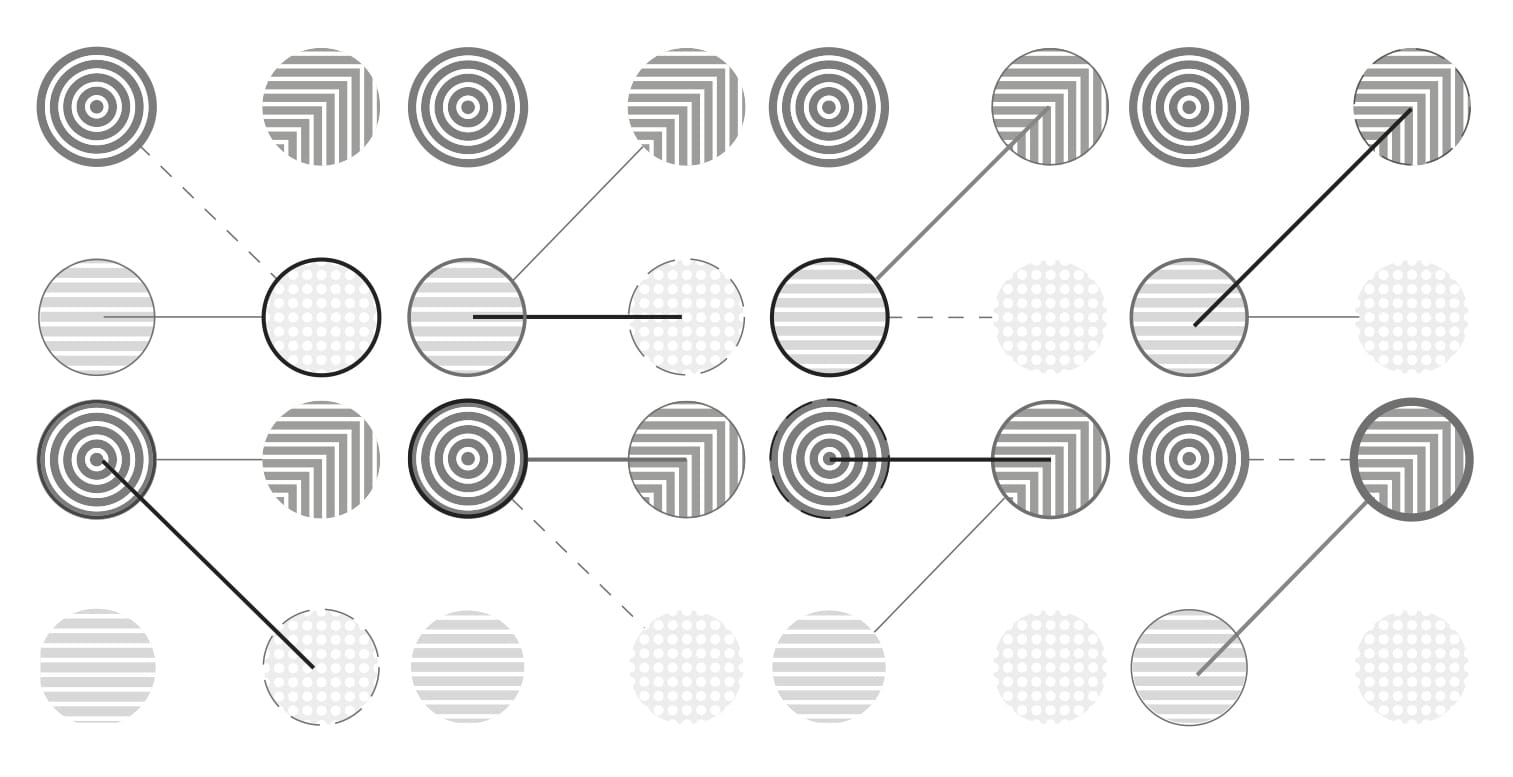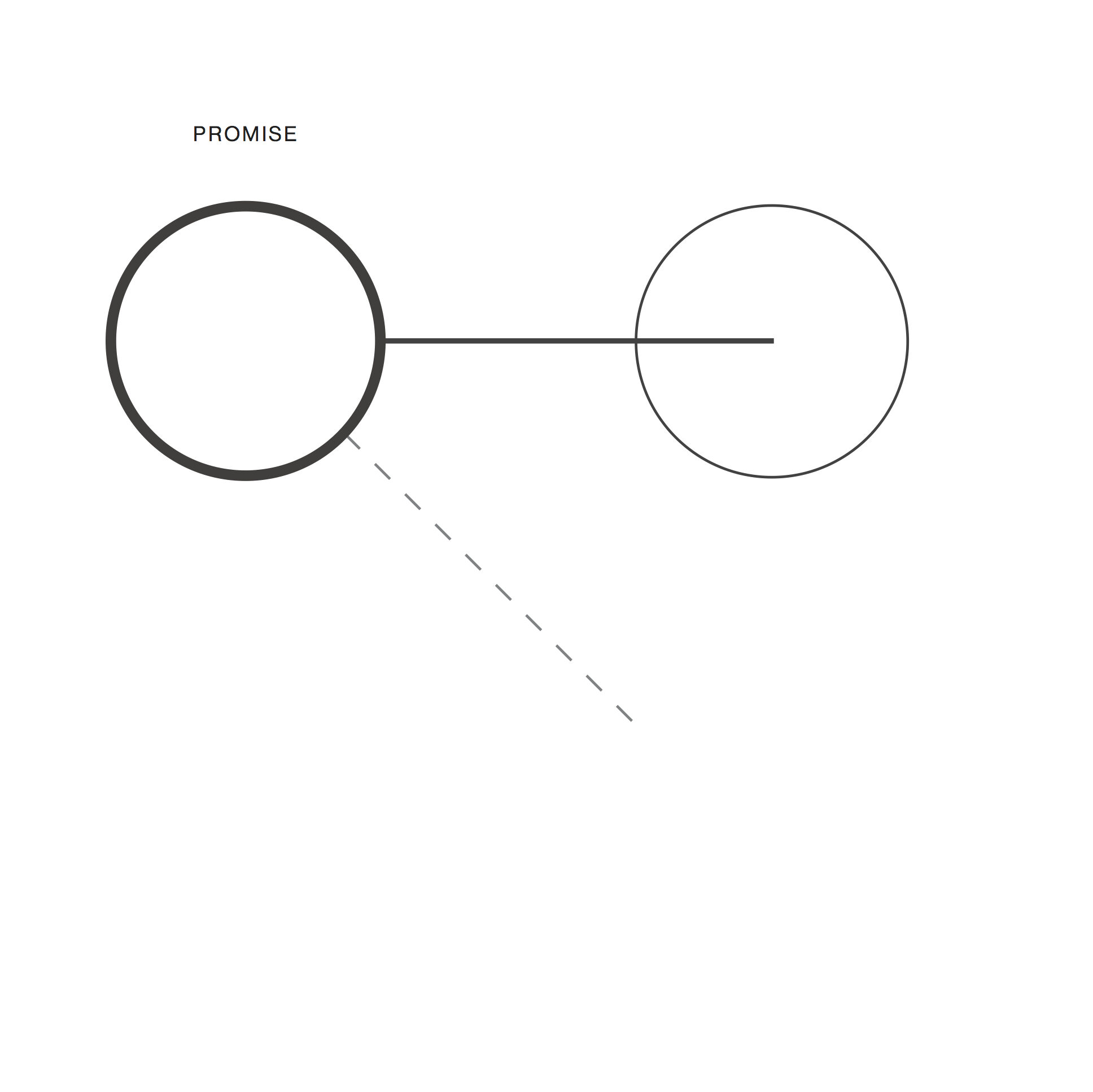The Being of Drawing (2021) – Review

Joe Graham’s The Being of Drawing is the most recent book published by Marmalade Publishers of Visual Theory, the small press founded by the architect Gordon Shrigley in 2004. Marmalade’s catalogue of published titles challenges expectations of what a publishing house might be; to date, it has produced 12 books, 31 artists’ films and 1 vinyl LP (featuring William Burroughs and his cat, no less). The Being of Drawing is very much at home in this crowd, itself an effort to theorise drawing that is generated and structured by a diagrammatic ‘working drawing’.
In essence, the book is an exploration of what drawing – the verb – is through a method inspired by the work of philosophers Graham Harman and Martin Heidegger. For some drawing practitioners this may sound like an instant turn-off, a reaction that Graham addresses at the start of the book:
Those who draw mostly prefer to just get on with the business of doing it, while those who theorise on drawing tend to keep their deliberations discipline specific, shying away from making grand and potentially risky sounding claims about its fundamental nature. (p.8)
But, as he notes, inquiries into the ontology of drawing are not new (he cites John Ruskin’s Elements of Drawing as an example) and they have a habit of re-emerging. In today’s landscape of expanded definitions of drawing and drawings these examinations are particularly pertinent.
The first part of the book presents a brisk survey of the shifting positioning of drawing in artistic practice from Pliny and the antique world, via the Renaissance-era concept of disegno, through to the emergence of Drawing Research and the extension of drawing beyond the domain of art and design and beyond the traditional two-dimensions. Aware of the complications that the contemporary expanded definition of drawing creates for present-day theorising, Graham makes clear that with The Being of Drawing he is not trying to state what drawing is, but to ‘suggest new ways of thinking about what drawing is and how it operates in basic terms, achieved by bringing the act of drawing together in combination with writing: a task which begins by clarifying a fresh conception of drawing.’ (p. 24).
These basic terms are outlined in the first and second parts of the book, titled ‘Positioning’ and ‘Diagramming’. Here Graham introduces the ‘Drawing Fourfold’, the vehicle through which writing and drawing can be brought together. Taking its inspiration from the fourfold diagram used by Graham Harman in his object-oriented ontology (OOO) and Martin Heidegger’s concept of das Geviert (the fourfold), Graham’s Drawing Fourfold exists to gather a set of four fundamental elements to present drawing as a process of becoming: Acts, Object, Ideas and Promise (p. 25).


Quite swiftly after the introduction of the Drawing Fourfold, Graham introduces the ‘Drawing Octet’, a composite drawing that comprises eight iterations of the Drawing Fourfold, each of which emphasises a different interaction between the four elements. A large part of the chapter ‘Diagramming’ is dedicated to introducing the different tones and line weights/styles – which include dashed lines and lighter and heavier weights – present in the Drawing Octet and the significance of the different tones/patterns of the four circles.
It was here that I found the balancing of written commentary and its relationship to the visual ‘working drawing’ (the diagrams) difficult to fully appreciate. The complexity of this part is acknowledged by the author. In the conclusion to ‘Diagramming’ he invokes Deanna Petherbridge’s analysis of the ‘technical complexity’ of Michelangelo’s The Holy Family with the Infant St John the Baptist (from her book The Primacy of Drawing) as an example based in more familiar art-historical territory to help clarify his own explanation of the four tones in the Drawing Fourfold. While it is clear that the diagrams, and the process of their construction (of which he gives a short account), has a value to Graham as the author of the book, it might be questioned whether the same value is imparted onto the reader. I struggled to retain the nuances of these different line weights and tones and their intended role when they were applied in the following chapters. But, crucially, this didn’t feel detrimental to reading Graham’s commentary.

It is in the subsequent two sections of the book, ‘Unveiling’ and ‘Veiling’, that Graham’s explication of the diagram really gets going. These sections are organised around the eight diagrams that make up the Drawing Octet, titled: Intending, Selecting, Resembling, Viewing, Withholding, Releasing, Promising and Becoming. Each tackle four of the eight concepts contained within the Drawing Octet – ‘Unveiling’ tackles Intending, Selecting, Resembling and Viewing; ‘Veiling’ tackles Withholding, Releasing, Promising and Becoming. It is in these sections, framed by the diagrammatic figures relating to each concept, that Graham brings in varied and interesting artist ‘case studies’ and hermetic discussions. I particularly enjoyed his commentaries on Henri Matisse in relation to uninscribed gestures (p.75); William Kentridge and drawing’s ability to generate ideas (both for the drawer and the viewer) (p. 99–104); and the visionary healing drawings of Emma Kunz, from which ideas are released to the viewer/patient over time (p. 108–9). And while I recognise that it would substantially alter the composition of the book, it is unfortunate that none of these commentaries are illustrated with the drawings/practices they discuss.
For a short book – it has fewer than 150 pages, including the diagrams – The Being of Drawing demonstrates a rich and interesting approach to suggesting how we might consider what drawing is. The framing of the text around the diagrammatic Drawing Fourfold, which Graham reiterates as taking precedent over the writing in the ‘Epilogue’ to the book, allows the author to fuse philosophical and art-practice-based discussions with neat episodes that typify individual drawing practices in an economical and fluent fashion. While it is beyond the scope of this review to try, and outside the aims of the book, there is certainly scope for seeing how Graham’s approach might be extended to the (explicit) consideration to the being of architectural drawing.
Joe Graham, The Being of Drawing (2021) is published by Marmalade Press. Copies of the publication can be purchased here.
Matt Page is the Deputy Director of Drawing Matter.
